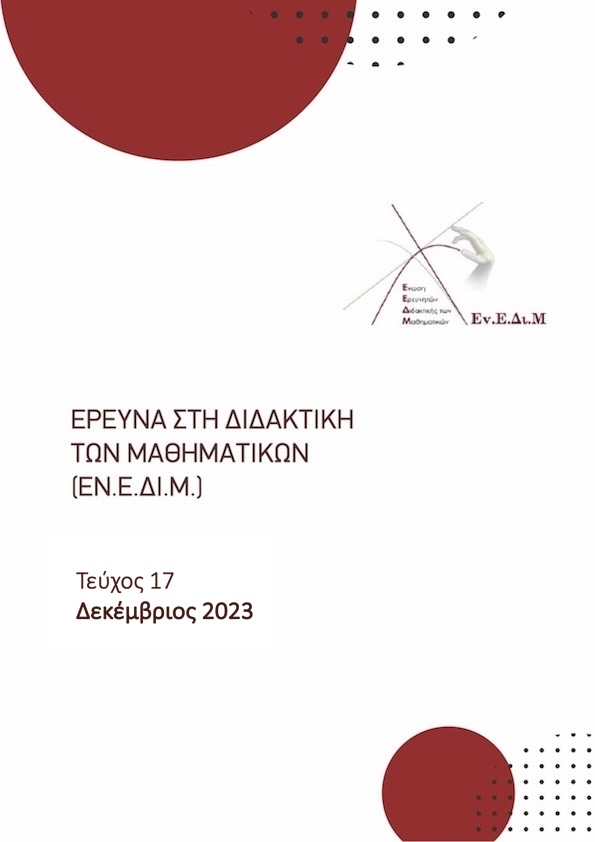Εισαγωγή και Παρουσίαση τεύχους
Περίληψη
Παρουσίαση των άρθρων του τεύχους
Λεπτομέρειες άρθρου
- Πώς να δημιουργήσετε Αναφορές
-
Σταθοπούλου Χ., & Τζεκάκη Μ. (2023). Εισαγωγή και Παρουσίαση τεύχους. Έρευνα στη Διδακτική των Μαθηματικών, (17). ανακτήθηκε από https://ejournals.epublishing.ekt.gr/index.php/enedim/article/view/36182
- Ενότητα
- Άρθρα

Αυτή η εργασία είναι αδειοδοτημένη υπό το CC Αναφορά Δημιουργού 4.0.
Οι συγγραφείς των άρθρων που δημοσιεύονται στο περιοδικό διατηρούν τα δικαιώματα πνευματικής ιδιοκτησίας επί των άρθρων τους, δίνοντας στο περιοδικό το δικαίωμα της πρώτης δημοσίευσης. Άρθρα που δημοσιεύονται στο περιοδικό διατίθενται με άδεια Creative Commons BY και σύμφωνα με την άδεια μπορούν να χρησιμοποιούνται ελεύθερα, με αναφορά στο/στη συγγραφέα και στην πρώτη δημοσίευση.



